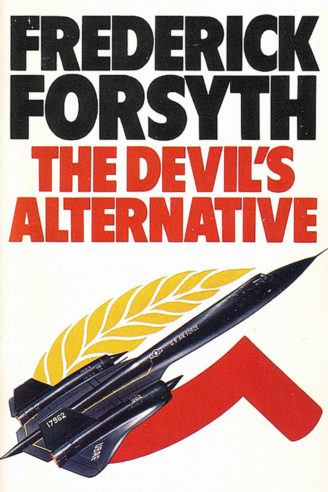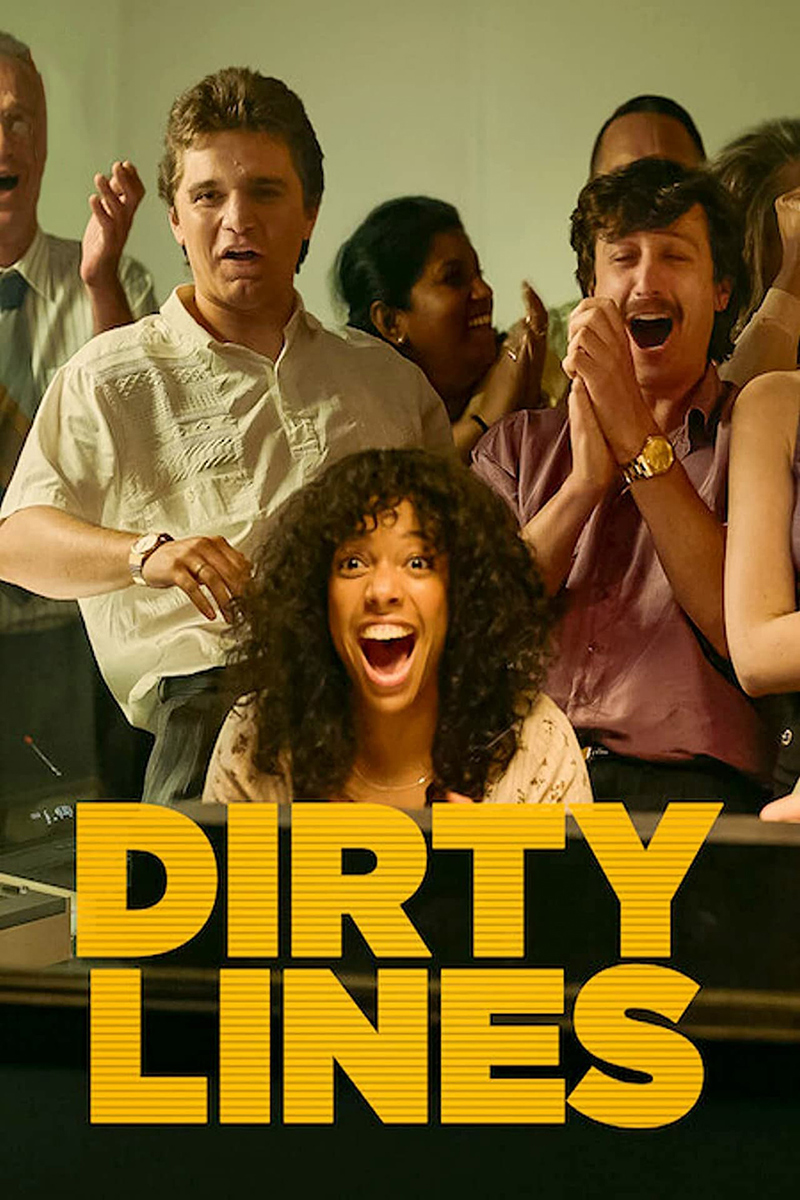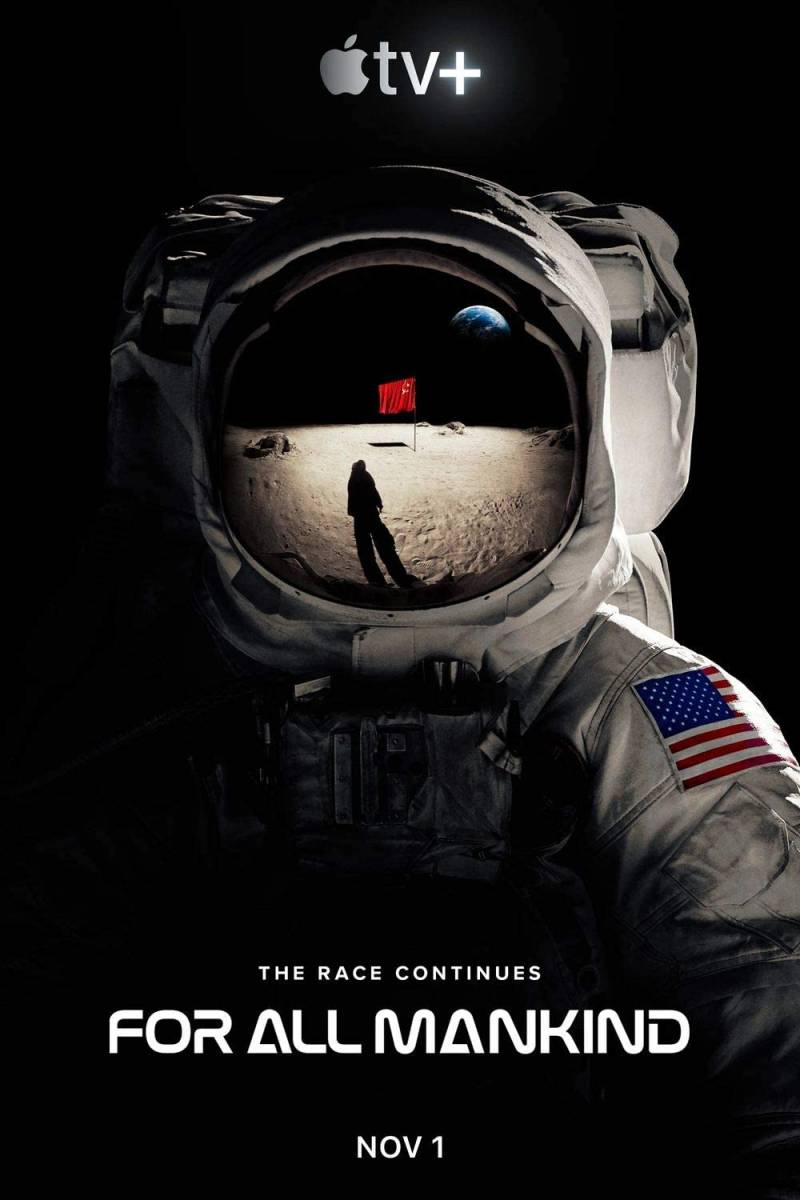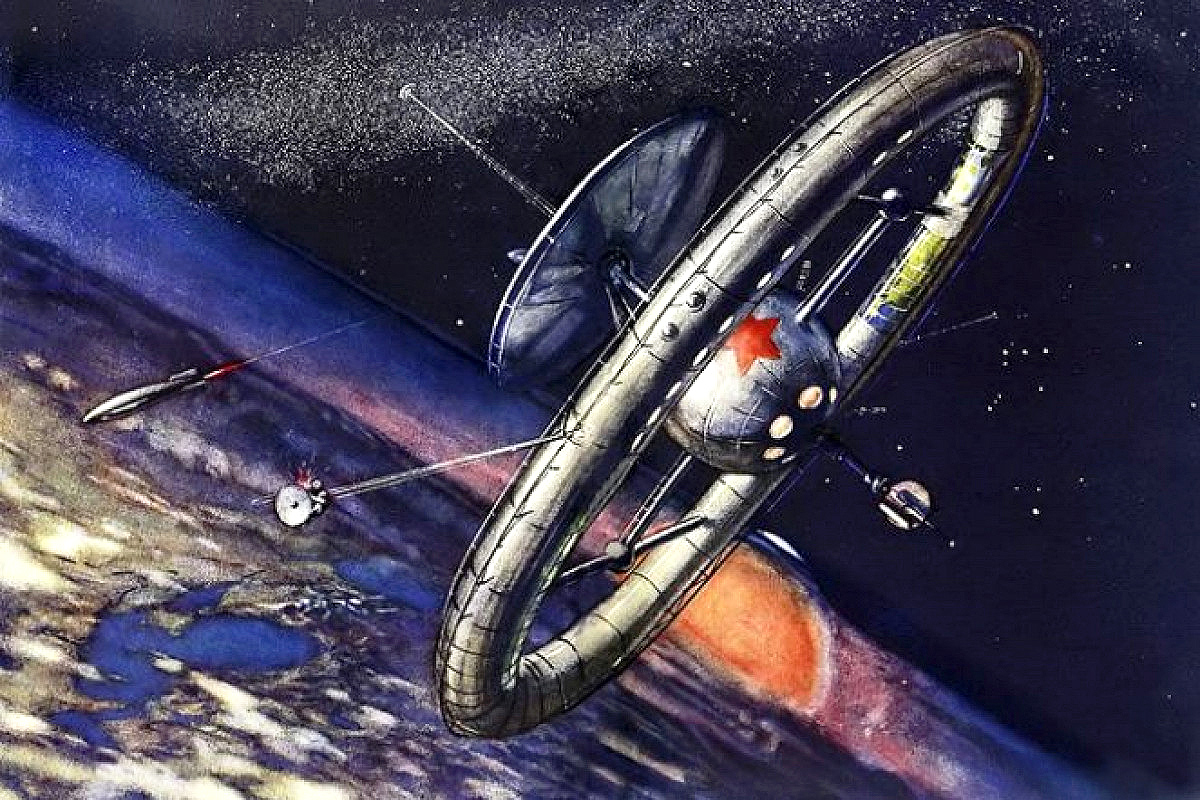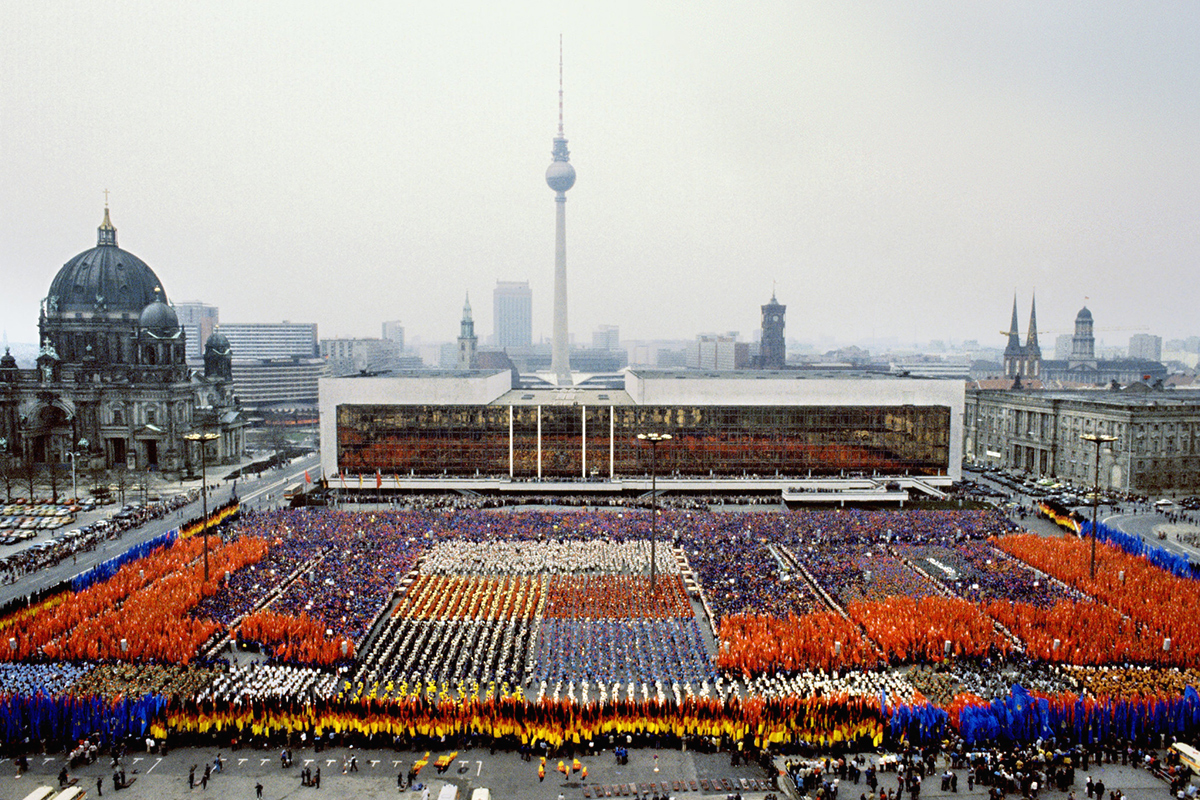Frederick Forsyth wrote the outstanding Cold War thrillers The Day of the Jackal (1971), which was made into one of the best spy movies of all time (our review here); The Odessa File (1972, our review of the film adaption here) featuring an underground organization of former Nazis; and The Fourth Protocol (1984, our review here), about a Soviet plot to kick Britain out of NATO.
He demonstrates his mastery of the genre again in The Devil’s Alternative.
The story begins in Turkey, where an Ukrainian nationalist recovering in hospital is recruited by Andrew Drake, an Anglo-Ukrainian determined to strike a blow against the Soviet empire. Drake’s machination will set in motion events that bring the superpowers to the brink of war.
He is aided by hardliners in the Politburo, who are pushing for war to avoid making concessions in negotiations to buy wheat from the United States. A fungicide has inadvertently poisoned the Soviet wheat crop. Without imports, millions will starve.
Chairman Maxim Rudin resists calls for an offensive, knowing it will lead to nuclear war, but he is dying of cancer and running out of time to keep the warmongers at bay.
The news reaches Western leaders through Adam Munro, a British intelligence agent whose former Russian lover, Valentina, works for Rudin.
Drake’s plan is to trigger an uprising in Ukraine, which involves two hijackings.
I will spoil the plot if I tell you more, but rest assured these seemingly disconnected storylines converge in a spectacular manner. Forsyth, as always, keeps up the pace and sticks close to real-world characters and events to make the story believable.
The American president, Bill Matthews (a stand-in for Jimmy Carter), plays an important role in the story, but most of the action takes place in Europe, particularly Germany and the Netherlands — a welcome change of scenery from most English-language Cold War fiction, which tends to focus on the Soviet Union and the United States.

